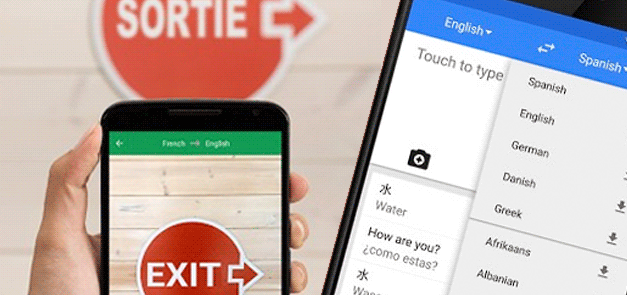Nokia X and XL Android Phones: Hands-On
This morning, the world has had confirmation from Nokia that the rumors were true: Nokia has launched a couple of Android devices – but not the ordinary kind. Nokia wants to use Android to grow faster in emerging markets, but they are not using the typical Android distribution backed by the licensed modules from Google like the Google Play Market, Gmail etc. Instead, Nokia will promote Microsoft Cloud Services, and of course, its own. I’ve had some hands-on time with the devices, and here’s how things look like thus far, and keep in mind that these are mid-range phones, so everything is relative to the fact that they are veryaffordable ($125 Nokia X, $135 Nokia X+, $150 Nokia XL):
Industrial Design
From the outside, the Nokia X, X+ and XL definitely have a Nokia family trait. They are made of durable plastic (not as nice as the Lumia line tough), and share a similar design language. As you have seen on the photos, the colors are quite vivid which has become a Nokia signature to the point that when Apple released the iPhone 5C, many people called them copycats even though iPods have been colored for a while. Note that X and X+ are similar in appearance and only the internal specs change.
In any case, the Nokia X is quite small by Android standards. It is also relatively thick, but overall, it felt pretty good in the hand, and was fairly agreeable to handle. The Nokia XL is larger of course, but was bigger than I thought it would be for a 5” phone. The difference between the X and XL is obvious enough to justify building two handsets to cater different crowds. Since this is aimed at the mid-range, the XL could be not only targeted at big screen lovers, but also people who don’t see very well. Not everyone can afford a Note 3 or LG Flex, so having more options won’t hurt, especially when the price is so low.
If you have been shopping in the sub-$150 price range, you have probably noticed that the overall quality is rarely there, so Nokia has a good opportunity to differentiate.
This is not what people expected when they dreamt about an Nokia Android phone, and whether it will work or not is not clear. On one hand it may just work, but I think that most people’s reaction to this (including me) is: why not just use Android? The probable answer is Politics. Since Nokia will soon belong to Microsoft, Nokia needed to create a product that won’t be “canned” when the merger is complete, and building something like what was demonstrated today seemed to be the best way to do that. But best for who? Nokia, Microsoft or users? Only time will tell if this can make everyone happy. At the moment, the answer is not obvious.
Questions remains about the availability of apps as well. The good news is that apps won’t run under some sort of emulation like they did on Blackberry, so if they run, they should run like they would on a regular Android handset. Now, many app stores require developers to make some small modifications to be compatible with in-app purchases etc, and there is a good chance that the Nokia Android App store will only be a subset of the Google Play store. By what margin remains to be seen. So far, Amazon has done well enough with its own store, so it may equally work for Nokia.
Conclusion
At the moment, the Nokia X and XL are designed to address emerging markets, so I’m not sure if US users will have to face tough decisions or not. It would be only fair to give Nokia a full chance to make its case, but there are a lot of questions left. As hardware pieces, both phones are quite decent in their market. However, I have a feeling that the Lumia line of product will be more interesting to many users in the west.
I appreciate the high-level idea of using Android to accelerate Nokia’s growth, and Nokia is right to spend a lot of energy on the mid-range market: its grow will be 400% higher than the high-end segment in the coming years. However, the devil is in the details and we will have to see how good the Nokia Android UI really is, and how fast Nokia can react to user feedback.






Comments